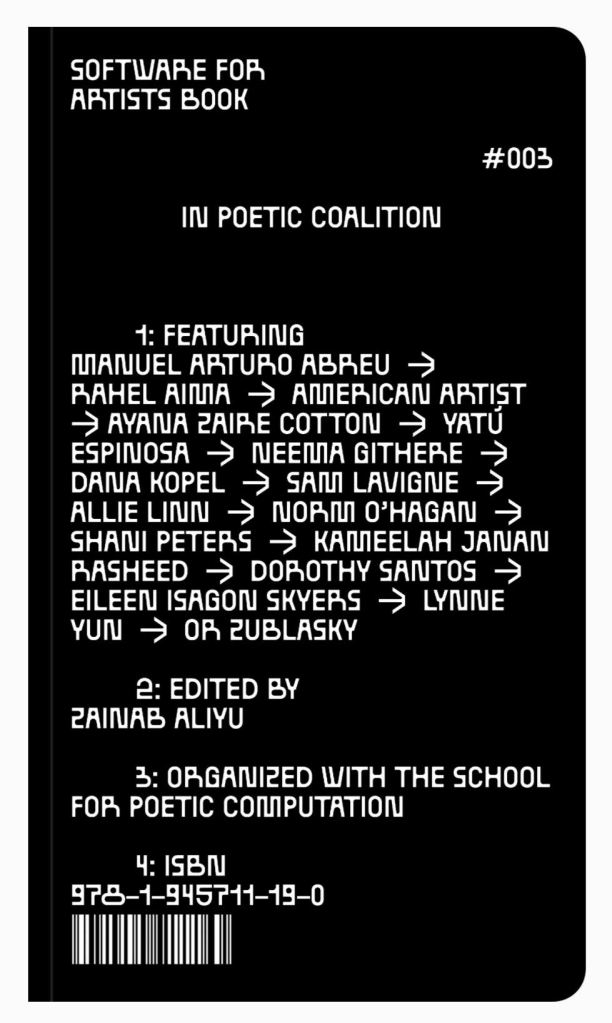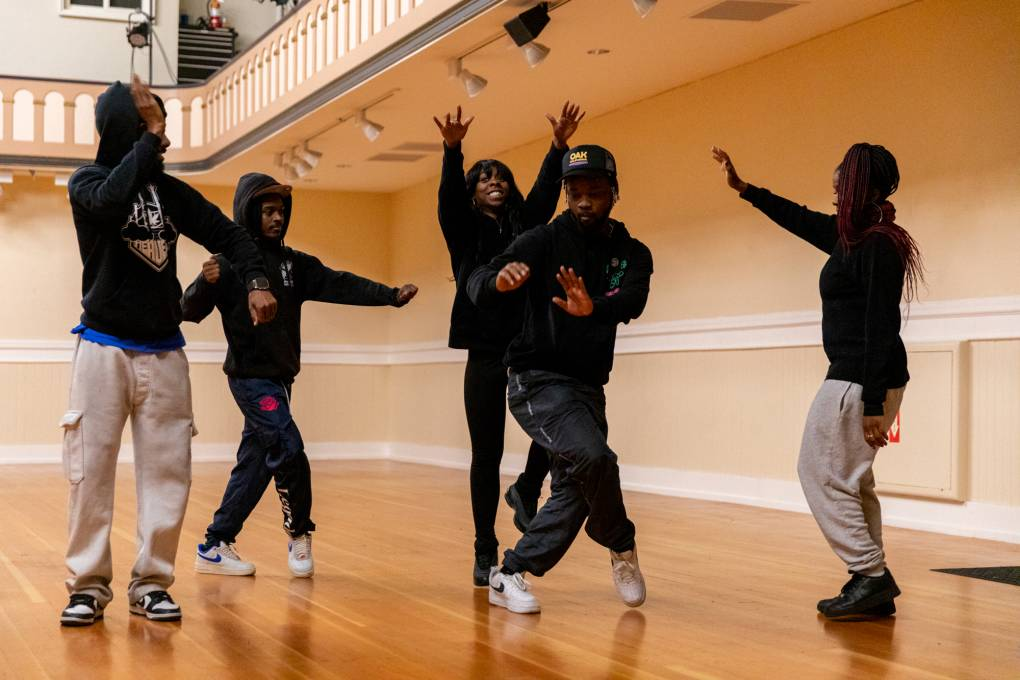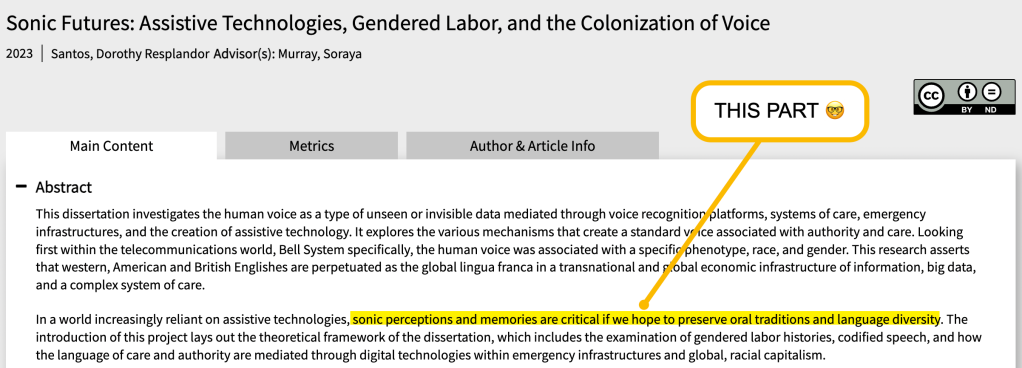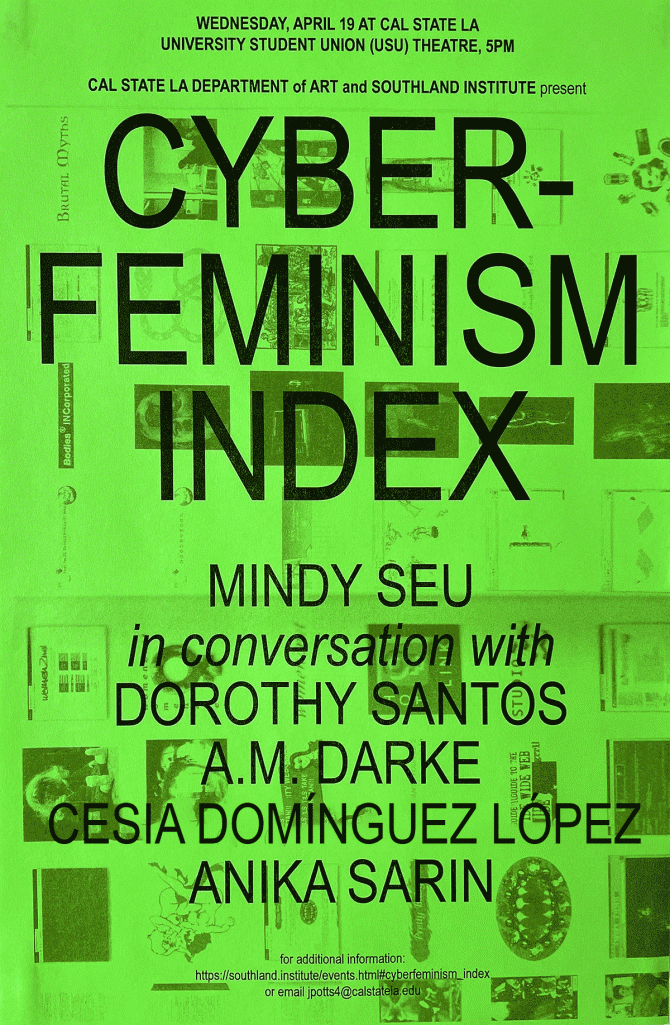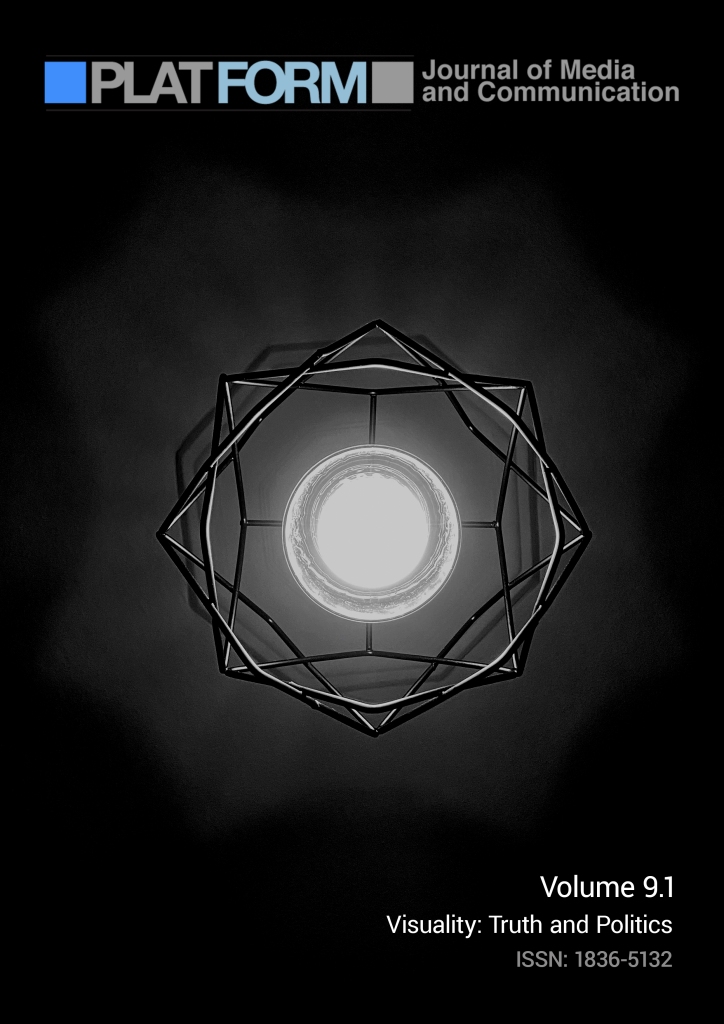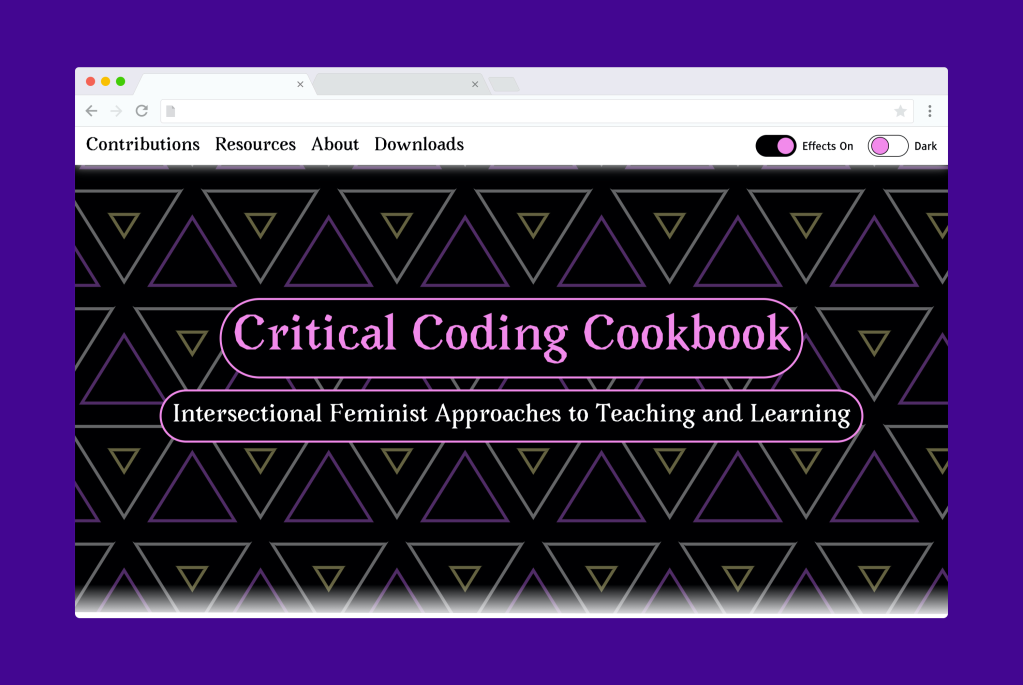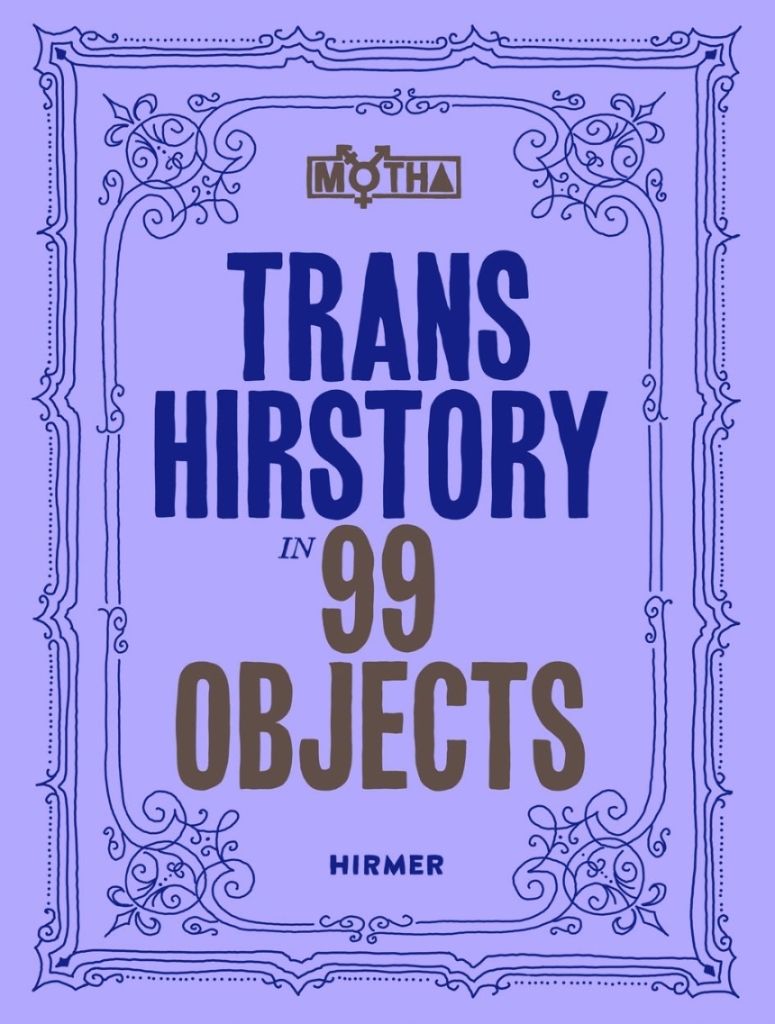
Fortunate to be included in this epic anthology. I had the opportunity to write an essay about artist Chelsea Thompto’s work Landmarks for the book. Many brilliant artists and writers in this collection! More information below.
“Edited by David Evans Frantz, Christina Linden, and Chris E. Vargas
A compelling exploration of trans art, activism, and resistance.
Spanning over four centuries, this volume brings together a wide-ranging selection of artworks and artifacts that highlight the under-recognized histories of trans and gender-nonconforming communities. Through the contributions of artists, writers, poets, activists, and scholars, this title reflects on historical erasure and imagines trans futures.An expansive array of objects chart not a patriarchal history but a gender-neutral, trans-centric hirstory. The first publication of its kind, this survey celebrates trans forebearers, highlights struggles and triumphs, and reflects on the legacies of trans creative expression. Contributions by Kate Bornstein, Ria Brodell, Vaginal Davis, Leah DeVun, Mo B. Dick, Zackary Drucker, David Getsy, Martine Gutierrez, Andrea Jenkins, Jade Guarano Kuriki-Olivo (Puppies Puppies), Thomas (T.) Jean Lax, Abram J. Lewis, Miguel A. López, Amos Mac, Cyle Metzger, Deborah A. Miranda, Morgan M Page, SA Smythe, C. Riley Snorton, Dean Spade, Sandy Stone, Jeannine Tang, Michelle Tea, McKenzie Wark, and many others probe new horizons where institutional critique and trans culture meet. This book is copublished by the Museum of Trans Hirstory & Art (MOTHA), a conceptual art project of artist Chris E. Vargas that is forever “under construction” by design to allow continual transformation.”
The University of Chicago Press
To purchase the book, please visit The University of Chicago Press



